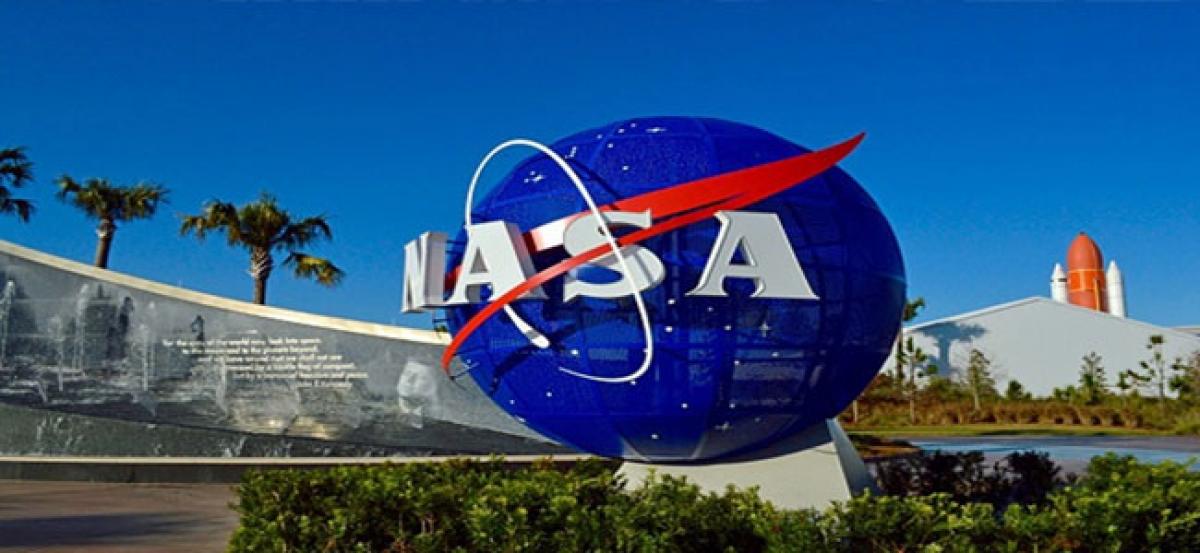Live
- Civil Supply Hamali Workers Temporarily Suspend Strike Following Minister’s Assurance
- Elon Musk Criticizes UK PM Keir Starmer Over 'Pakistani Grooming Gangs' Controversy: What the Term Really Means
- NISAR Satellite: The World’s Most Expensive Earth Observation Mission by NASA and ISRO
- CPM Demands Immediate Operationalization of 300-Bed Hospital in Gadwal
- ICC Champions Trophy 2025: Jasprit Bumrah Set to Be Rohit Sharma’s Deputy, India to Announce Squad by January 12
- Chief Minister Revanth Reddy Expresses Grief Over the Demise of Padma Shri Jagdish Mittal
- Couture Runway Week Season 7 Presents: Walk for Nation Pride – A Celebration of Heritage and Elegance
- Kotak Mahindra Bank Launches 3rd Edition of ‘Sehat Ka Safar’ – Nationwide Health Check-Up Camps for Commercial Vehicle Drivers
- Brave Young Man Catches Leopard, Video Goes Viral in Tiptur
- Pushpa 2: The Rule Becomes a Blockbuster with Extended Runtime and Additional 20 Minutes of Footage









